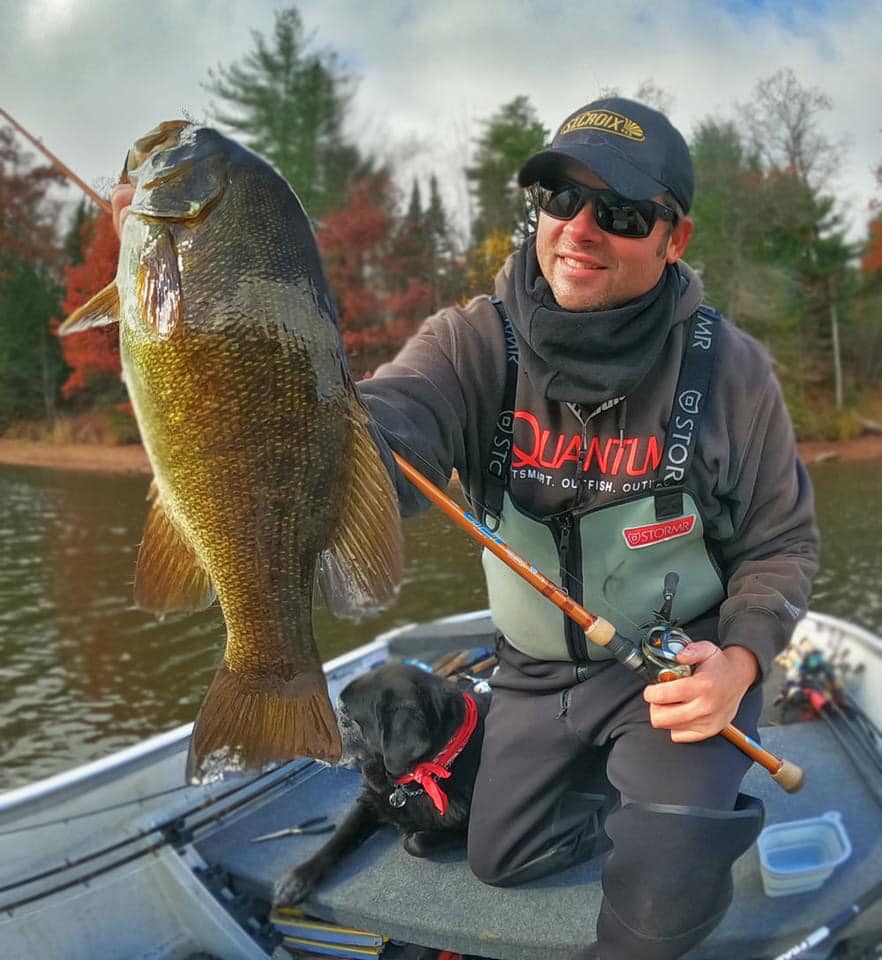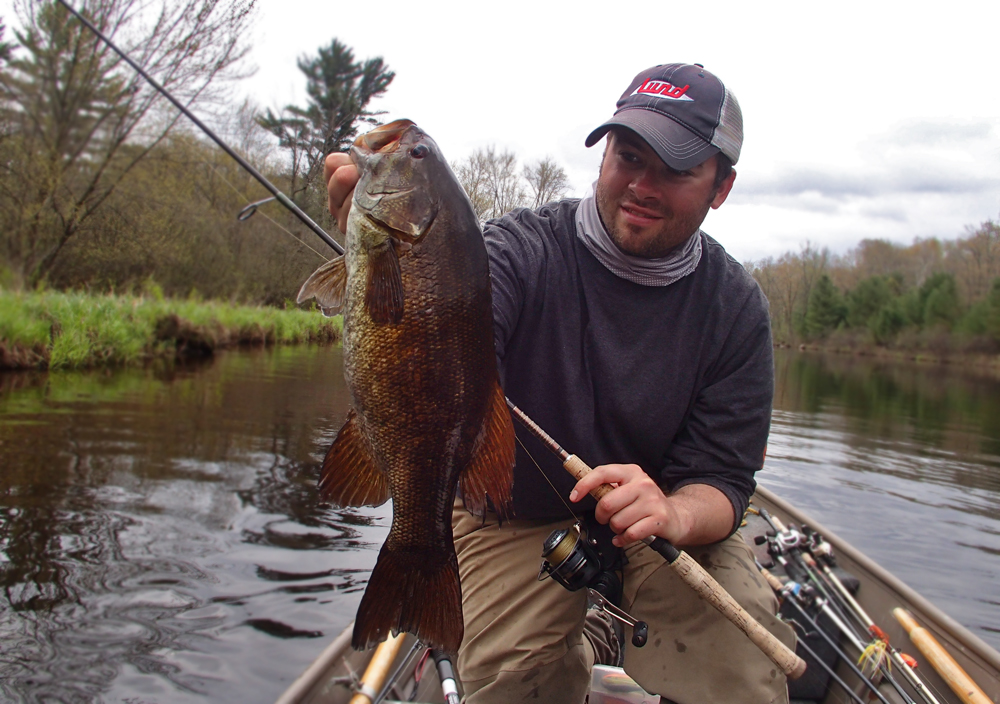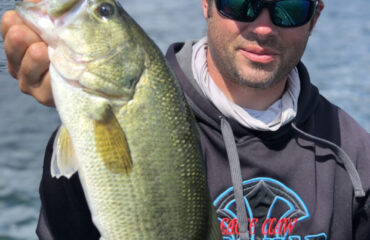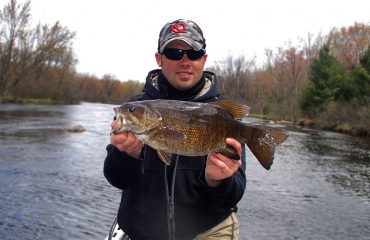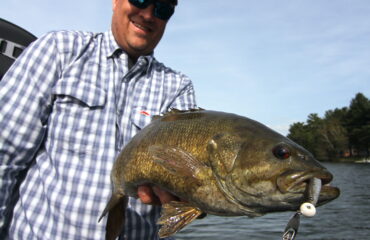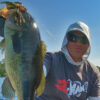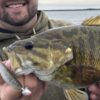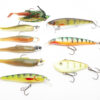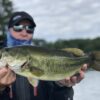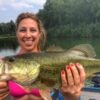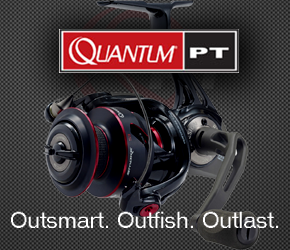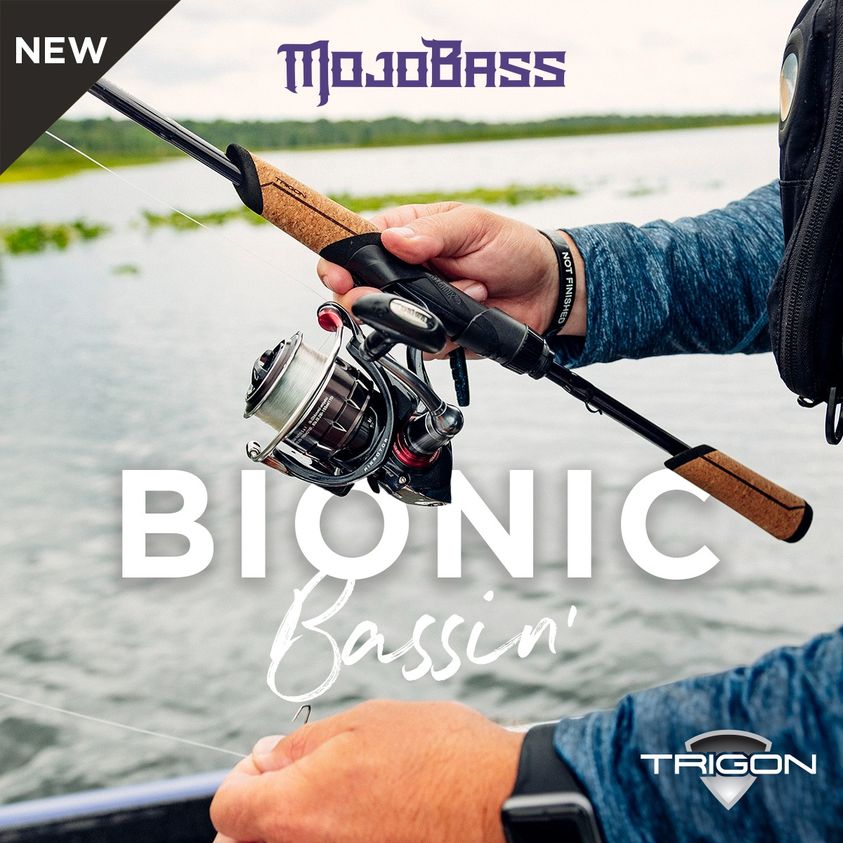River Smallmouths Early and Late
My region’s river systems provide some of the best and most exciting smallmouth fishing early and late in the year. This year (2024), will remain to be seen, as we are in a major drought right now.
As most northern rivers are home to a combination of resident and non-resident populations of smallmouths, their fishing success hinges on understanding the timing and progression of their upstream spawning migrations in spring, and downstream wintering migrations in fall.
To catch potentially the most active fish, and to tap into premier smallmouth fisheries whose populations are further and deeper established into the spawning season, I always fish and guide on the larger river systems and their flowages to begin the season.
Compared to inland lakes, river and flowage water temperatures can be up to 10 degrees warmer. While smallmouth in large lakes could still be wintering and dealing with ice-out conditions, smallmouth from these fisheries are likely to be migrating into staging locations and feeding heavily. Year after year this pattern is my most consistent and reliable for early spring trips.
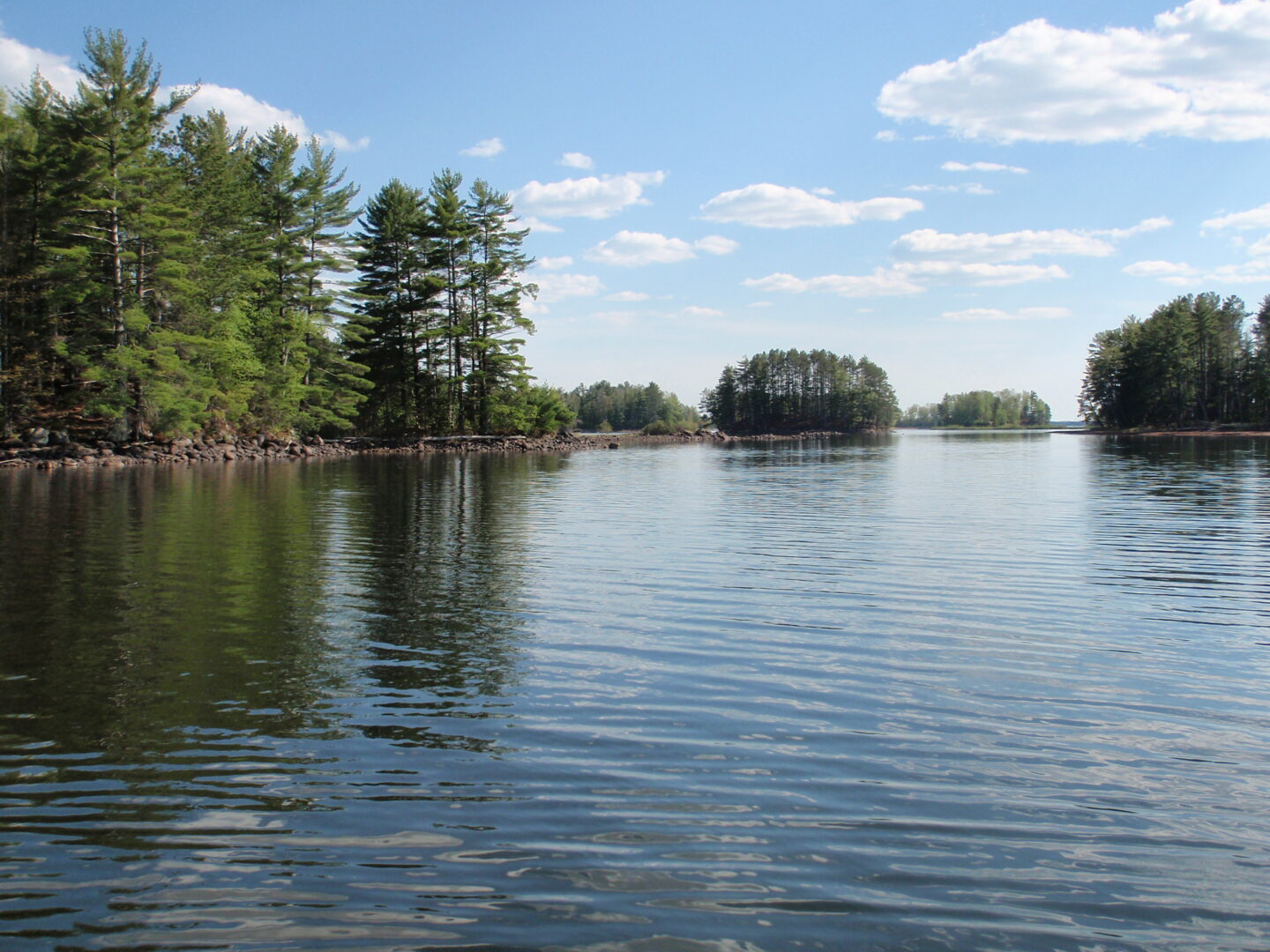
On flowages, smallmouths track along main river channels and old lake basins to aid in their annual spawning migrations. The same adult fish revisit the same spawning sites each season. Our fishing will gravitate to expansive shoreline and island flats that contain a good amount of scattered rock and boulder. On these locations, Smallmouths often pile up along their deepest edges, and will invade as waters warm further. These locations are further appealing if within sight of the deep channels. Most Wisconsin low-land flowages are sandy and shallow. Hard bottom substrates are very limited. Any rocky shoreline and littoral zone will be a fish magnet, along small coves and shoreline pockets with wood.
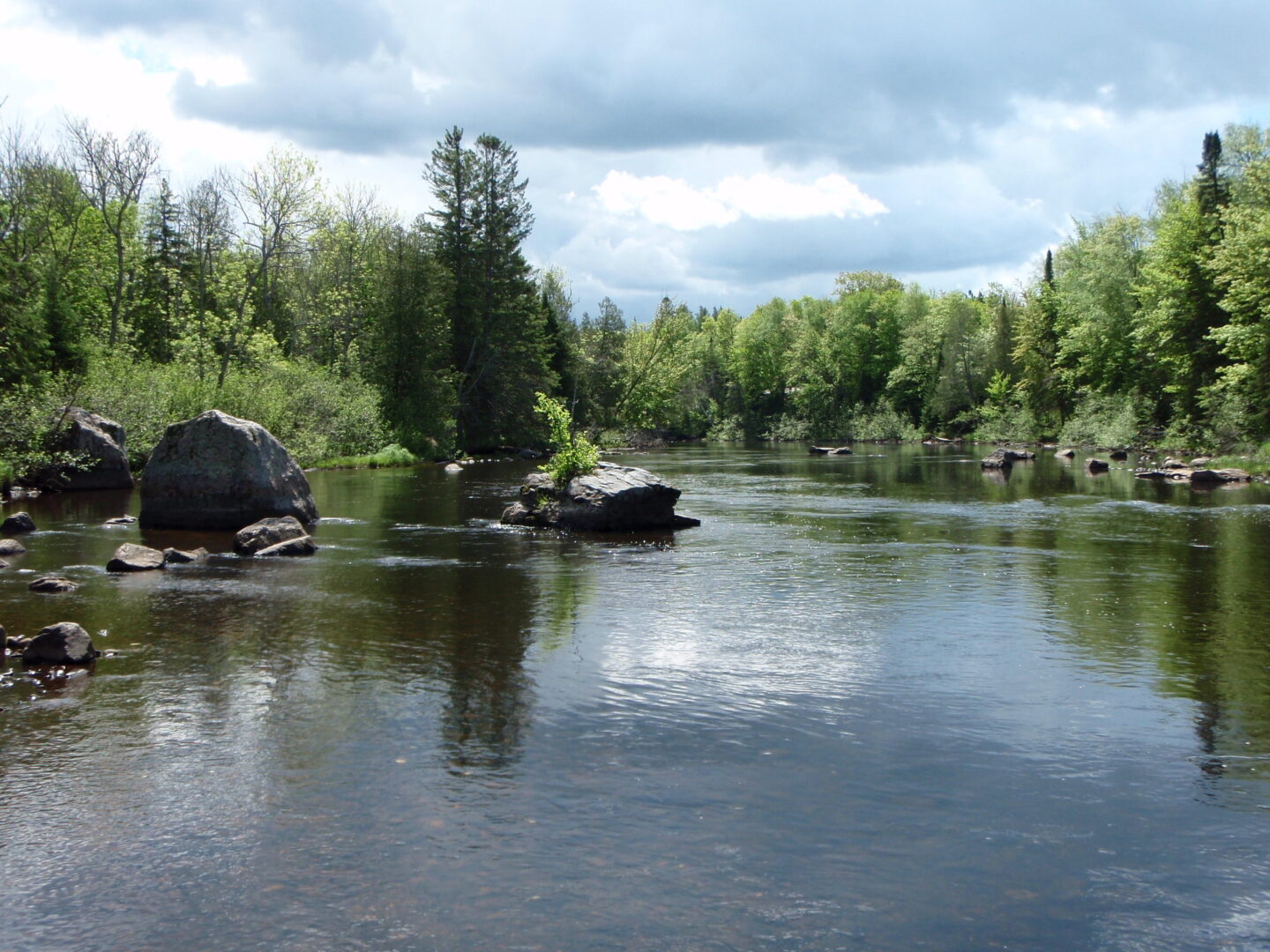
On river systems such as the Flambeau, Menominee, and Wisconsin River systems, water temperature means everything. 90% of the fish will be concentrated in 10% of the river or less, assuming if water temperatures are colder than 52 degrees. This makes fishing an entire several mile stretch of river unproductive. Therefore it is important to know the locations and placements of large, deep slackwater pools that will serve as their staging sites. Access these pools by boat or wading. By the time they warm into the middle 50’s, smallmouths migrate further and deeper into the system where they will disperse before settling to spawning sites. Likely habitats in these moving-water environments are laydowns, boulders, rock fields, eddies and current breaks, underwater benthic zones (current breaks along bottom) located along river bottoms, creek mouths and inflows, and man-made rip-rap.
Rivers Early
Rivers and flowages warm rapidly, have shallower depths, are generally nutrient-rich dark water environments, and are proliferated with inflows and outlets that continuously inject warmer water into the system. Their currents coupled with dark water clarity warm surface temperatures at a rapid rate. Quite often, the smallmouth’s biologic calendar on these waters is a few weeks ahead of schedule compared with most other lake types and waters in the region. This makes rivers and flowages unique in regards to targeting fish that are well advanced in spring patterns and more active and aggressive than anywhere else. By the time smallmouths begin spawning at these fisheries, turn your attention to deep, colder waters where the pre-spawn bite is only beginning to develop.
Early in the season, the entire month of May is prime time for a mega fish. Water temperatures single-handedly influence upstream river migrations. 51-to-55-degree water temperatures will usually trigger a major bite. During spring floats, majority of the smallmouths will be concentrated in only a few locations, associating to larger pools and staging sites with depths greater than the rest of river. They will predictably hold in these pools until water temperatures climb further towards 60, prompting them to continue migrating upstream to their optimal and annually-visited spawning grounds.
On most mid-May floats, I seek out staging pools where we run into huge concentrations of smallmouths. Fish gather and hold until warming water temperatures and currents dictate their next progression further upstream, where they’ll disperse throughout the system and infiltrate further up river to feed, then spawn behind every available current break & boulder, log jam, sandy bottom undercut bank, and near-shore and main stem eddy.
In the event much of the river is still devoid of smallmouths, continue further downstream until you reach what could be a staging pool. It’ll be loaded.
I’m convinced the staging pools I fish congregate the same individual fish every spring to host their spawn.

Rivers Late
Then later in the year, fall migrations begin as water temperatures cool into the 60’s. The bite gets better into the 50’s. Once water temperatures reach the 40’s, smallmouths will be wintering in downstream flowages. 90% of the fish in the river system are going to be utilizing 10% or less of the water. Therefore, it’s impractical to cover water and float endlessly for miles as you would during spring and summer. By doing so, you are wasting precious fishing time. Instead, eliminate all that dead water by jumping from hole to hole. These are probably staging pools. Spend some considerable time at each deep pool before deciding to move on.
When water temperatures are still in the 50’s during both spring and fall, smallmouths will pursue lures with considerable interest. Crankbaits are my fish-finders.
On the river holes, shallow divers such as rusty crawdad Rapala DT 4’s and 6’s are best with a medium-steady retrieve. Just as effective, squarebill crankbaits that includes Rapala Crankin Raps (05) and Bandit 100’s generate considerable fish interest. Cast crankbaits upstream and horizontally through holes. As you dive deep into undercurrent benthic zones, and bang away at the terrain of the hard bottom, you’ll potentially catch several fish holed up together.
You will catch the most active fish with crankbaits first. Bites will come quickly, but often dissipate as fish grow conditioned. After one flurry of bites comes and goes, another might soon take place again shortly later.
To help detect strikes, and tame large fish through current, St. Croix Rods Legend Glass is masterful in this craft. It is constructed from linear S-glass with IPC mandrel technology, and several other high end components. The Legend Glass 72HM (LGC72HM), paired with a 6.3:1 gear ratio reel spooled with 10 to 12 lb. fluorocarbon, is the ultimate river cranking rod.
